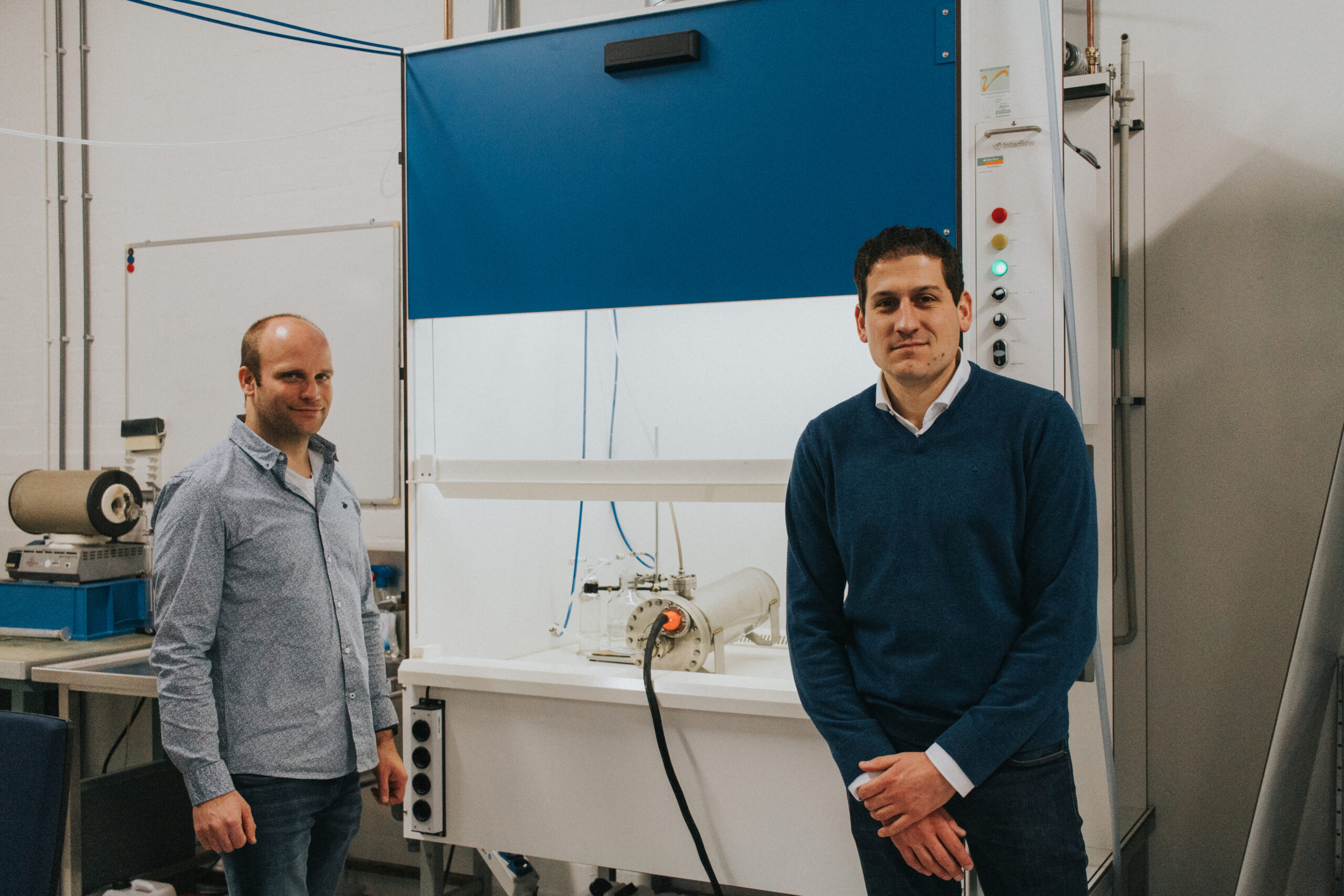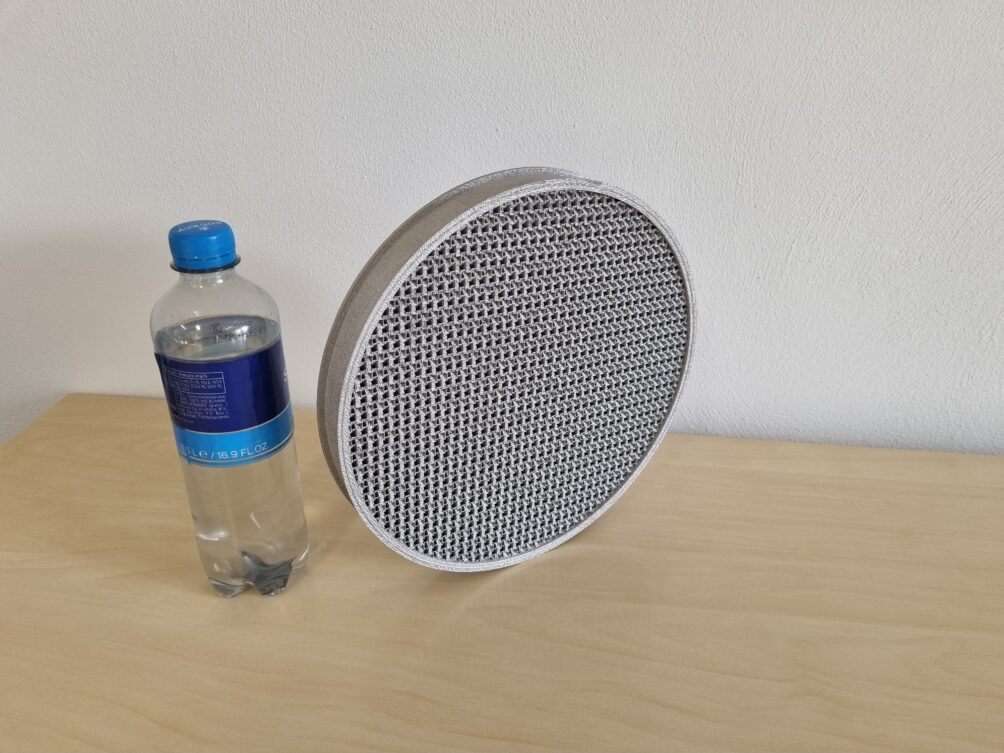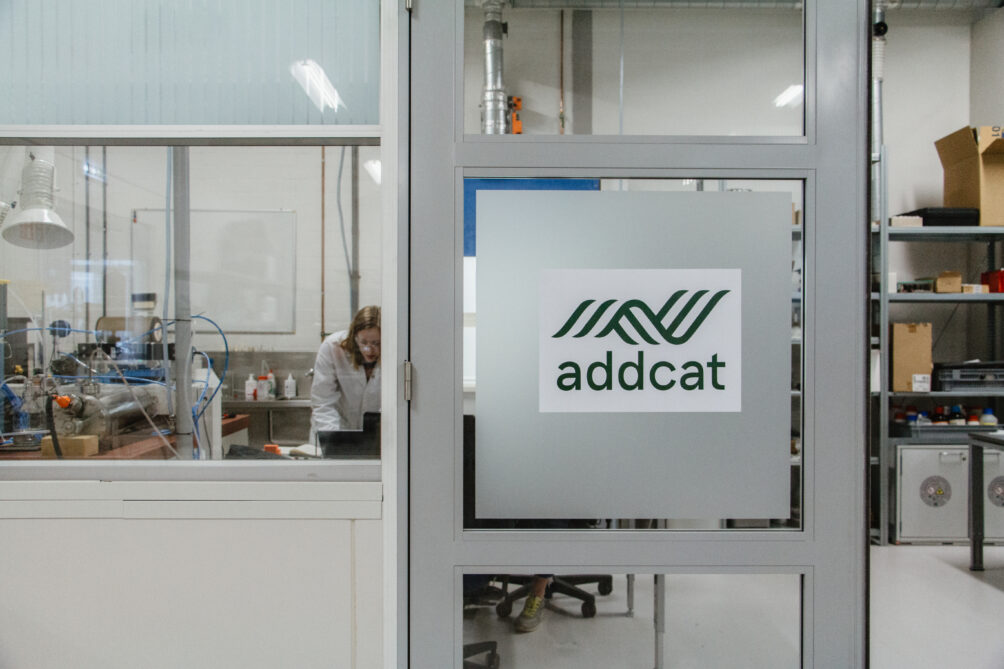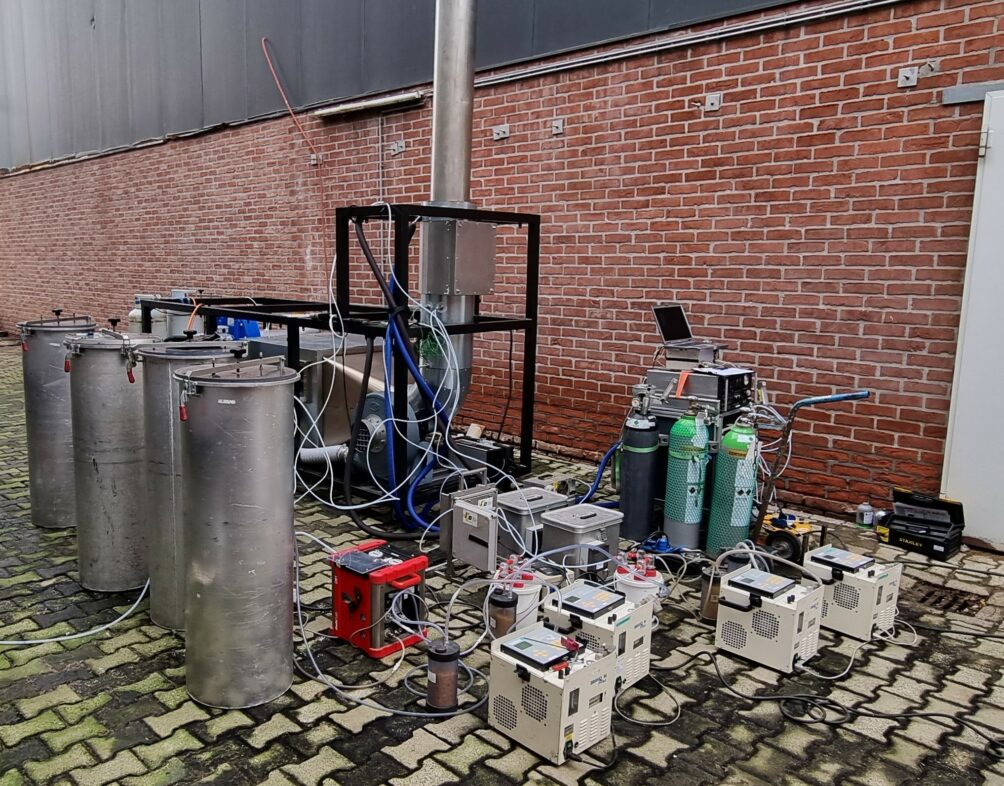
About AddCat
- Founders: Jacco Hoekstra, Gerald van Santen, Marc Evers
- Founded in: 2019
- Employees: 4 founders, 3 interns and extra staff we hire when needed.
- Money raised: Through a combination of grants, loans and investments
- Ultimate goal: A world where no one suffers any discomfort or health consequences from harmful industrial (odorous) emissions
Every year, around seven million people around the world die prematurely from diseases caused by air pollution. According to the WHO’s recommendations, the level of pollutants in the air needs to be drastically reduced. AddCat, based in the Dutch town of Geldrop, has found a solution to this problem: a purification system with an air filter fabricated from 3D-printed metal. CEO Gerald van Santen explains it in this instalment of start-up of the day.
How does it work?
“Everyone is familiar with the catalytic converter in internal combustion engines of cars, for instance. It is designed to filter out harmful exhaust fumes. The polluted air passes through a simple structure that contains a catalyst material that the pollutants react to. Our filter works in exactly the same way. But because we 3D-print the structure of the catalyst, we can manufacture much more complex systems that air passes through. As a result, the polluted air takes a much longer path; we force harmful molecules to come into contact with the active catalyst material. This results in a better means of air purification. We are able to remove more than 95 percent of harmful contaminants from the air this way. Our system is also more energy-efficient. The metal structures ensure that there is a good level of thermal conduction and regulation of heat in the process.”

What are you focusing on?
“Initially, we mainly focussed on odor nuisance. But we found out that it often involves a combination of gases. So, in addition to the odorous and noxious components, which fall under what are known as Volatile Organic Compounds (VOCs), we also include ammonia and methane. Initially, we were busy focusing on the manure processing, biogas and livestock farming markets. Another market that we’re interested in is the chemical industry, and also asphalt processors, where a lot of harmful substances are also emitted.
How far along are you in this process?
“We have tested a lot of different prototypes of the 3D printed structures. Because we are working together with, for example, K3D and AMPC Solutions (3D printing companies in Eindhoven), we can quickly make new versions of the internal structure of the filter. Being a part of the incubator of the TBRM group at Geldrop has allowed us to scale up our technology very quickly. The finished prototype has been built in-house and in the past year we have scaled up about 1000 times. From 1 cubic meter to 1000 cubic meters of purified air per hour.”
In the meantime, we have gone through a technical assessment by an independent party, the Flemish knowledge institute VITO. We managed to achieve reduction rates of up to 98 percent here. With this data, we can show potential customers that our technology really does work.”

How did you get started?
“The idea originated at KMWE, a large supplier in the field of high-tech mechanical engineering. Through the CTO at the time and a professor emeritus from Utrecht University. They can build anything at KMWE, but the chemistry side is not that strong. When Marc Evers left, he took over part of the inventory and a patent that had been shelved since 2010. We started out very modestly and actually scraped together everything that we needed. We rented gear or bought parts through auction sites. At present, 3D metal printing is still in the industrialization phase. We want to show that it is also possible to use this technique on a mass-production scale.”
When will you reach the market?
“With this validation, we are now developing a system that can purify up to 50 thousand cubic meters of air per hour. We have also published a patent. This will allow us to recover 95 percent of the heat that the system uses. This significantly reduces operational costs for customers. The module is now ready for the market. We want to have the first system completely up and running with customers this year.”
What else can we expect from you?
“Right now we are building our prototypes ourselves. We try to develop our product at a low cost. If we are really going to scale up where production is concerned, then we need to professionalize this. That is why we are now taking further steps in the engineering process. We are mapping out the entire production and making sure that we are prepared when the time comes. To this end, we stand to benefit considerably from the knowledge and network of the various engineers within the TBRM incubator.”
“Also, we’re currently working on a project with Wageningen University on research involving the removal of methane from the atmosphere.”



